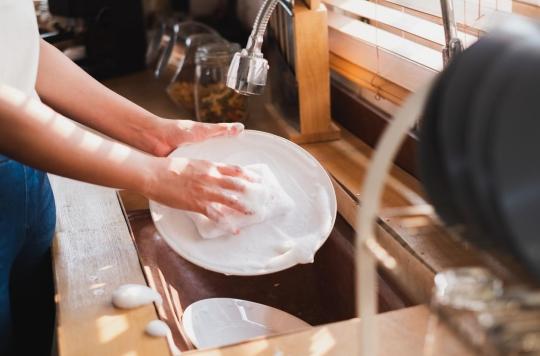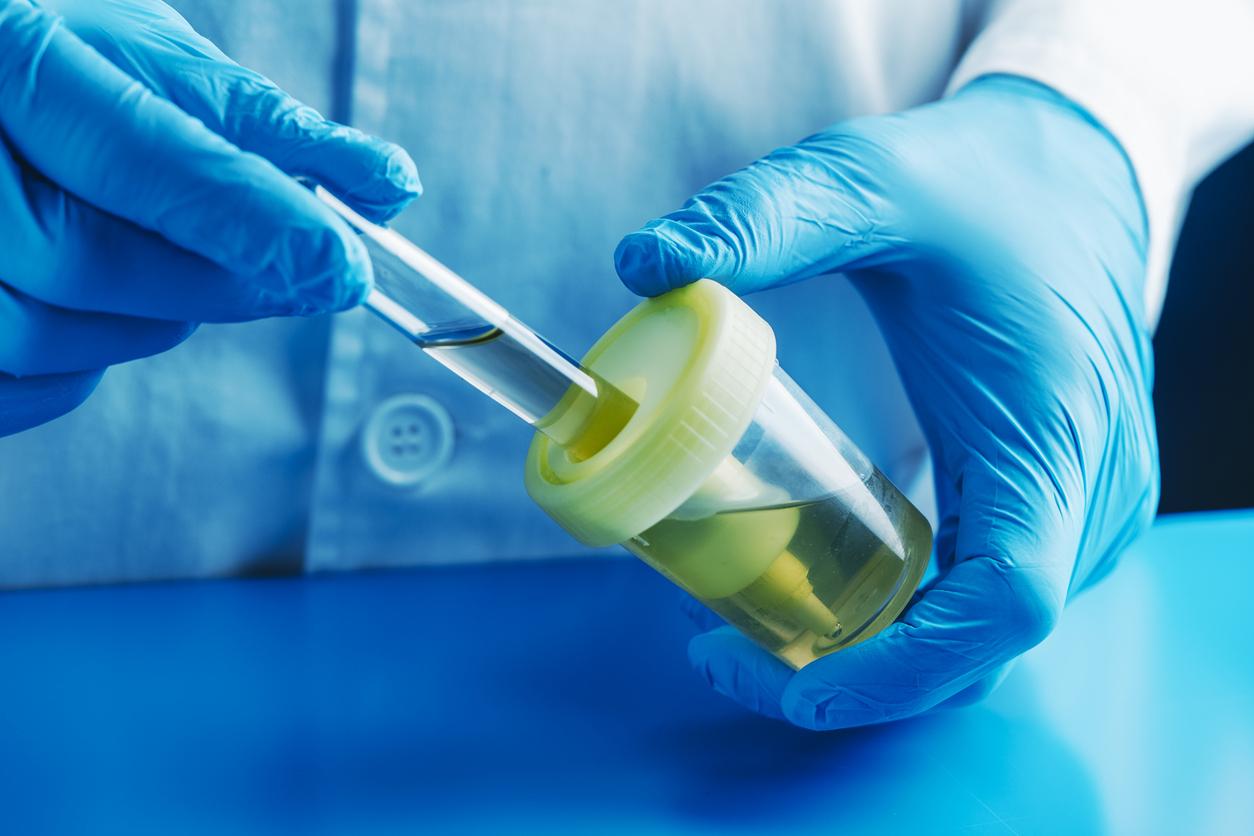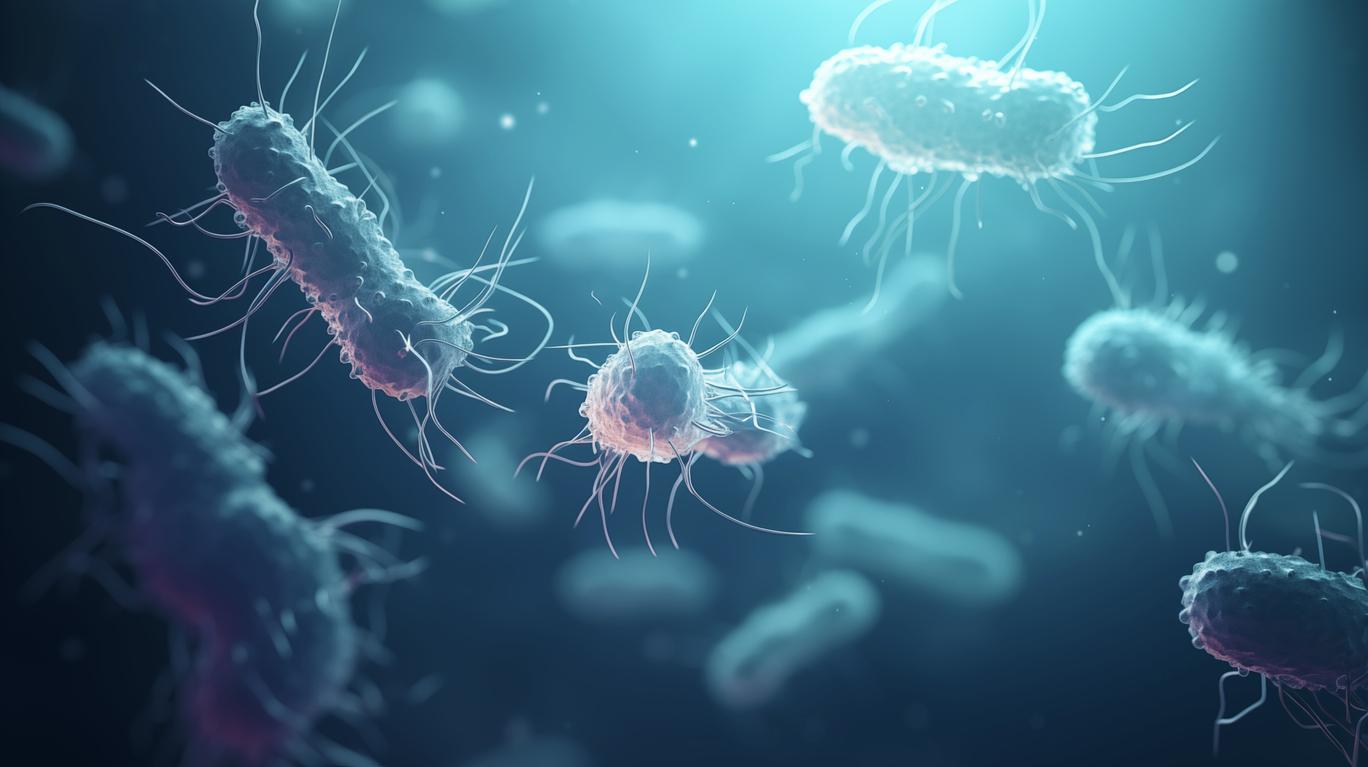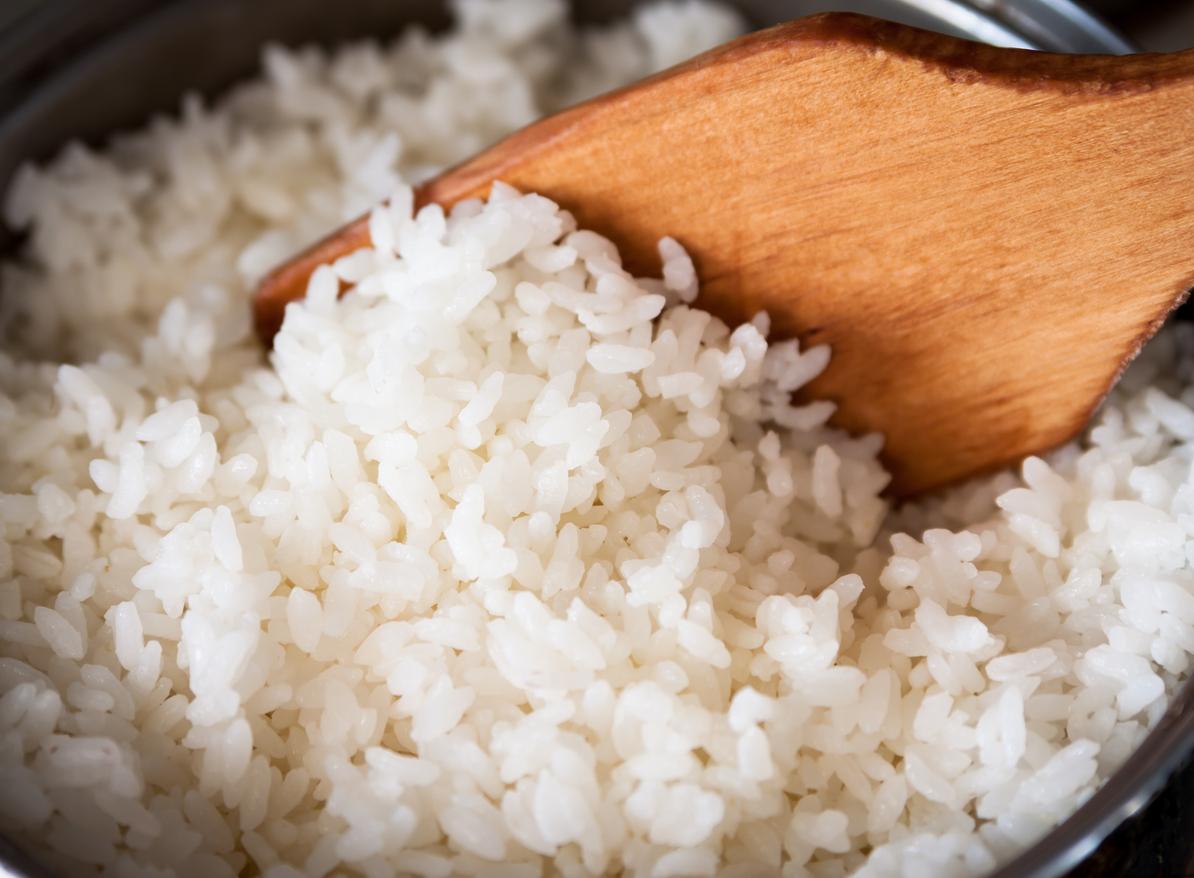Kitchen sponges, especially those used for washing dishes, would contain a lot of bacteria. Scientists recommend the use of brushes to clean all dishes, plates and utensils.

- Dishcloths, napkins and rags should also be cleaned very frequently to prevent the growth of bacteria.
- The ideal is to have a sponge or a brush dedicated to the dishes and another to clean the surfaces of the kitchen.
Two days only. A kitchen sponge is dirty after this period of use, according to the French Consumer Safety Commission, relayed by the site Home side. And who says dirty, says bacteria!
Using the brush, the most hygienic way to do the dishes
In a study just published in the journal Journal of Applied Microbiology, scientists from Norway’s Nofima Food Research Institute set out to find out what was the most hygienic way to wash dishes. At the same time, they also conducted experiments to see if the bacteria present in kitchen sponges could be dangerous for humans.
According to their results, using a sponge would not be the cleanest way to do the dishes because they contain more bacteria than brushes. “Salmonella (a bacterium that causes salmonellosis, an infection that manifests as acute gastroenteritis) and other bacteria grow and survive better in sponges than in brushes, the reason is simple: sponges used daily never dry out. A single sponge can harbor more bacteria than there are humans on Earth.”said Trond Møretrø, a researcher at Nofima and one of the authors of the study.
Food residues are “also food for bacteria”
According to the team, the majority of the bacteria present in the sponges would not be harmful to human beings. But some, like salmonella, are. “The sponge is wet and accumulates food residues which are also food for bacteria, which leads to their rapid growth”, continues Trond Møretrø. These bacteria can then “spread from sponges to hands, surfaces and kitchen equipment and potentially make people sick”.
To arrive at these results, the scientists studied kitchen sponges from 20 people living in Portugal as well as 35 brushes and 14 sponges from participants from Norway. Results: the amount of bacteria was lower in the brushes than in the sponges, but they were the same types of non-pathogenic bacteria.
The brush dries faster than the sponge
The researchers then added salmonella bacteria to the brushes and sponges, which they left to dry overnight. In the morning there was less salmonella in the brush than in the sponge. “The brush dries very quickly and harmful bacteria die off. Also, most brushes have a handle that prevents direct contact with potentially harmful bacteria, unlike sponges,” explains Trond Møretrø.
Thus, the authors recommend the use of brushes for washing dishes. For those who still wish to continue doing it with a sponge, there are a few tricks to reduce the amount of bacteria it contains. It should be disinfected with alcohol, put it in the microwave with a mixture of water and vinegar, put it in the dishwasher or in the washing machine. But the most effective is to change it regularly, without waiting for the wear to be visible to the naked eye.















